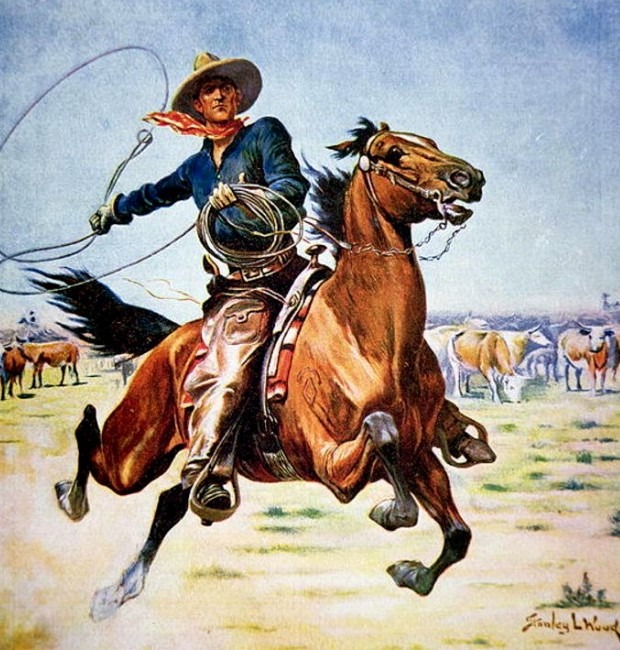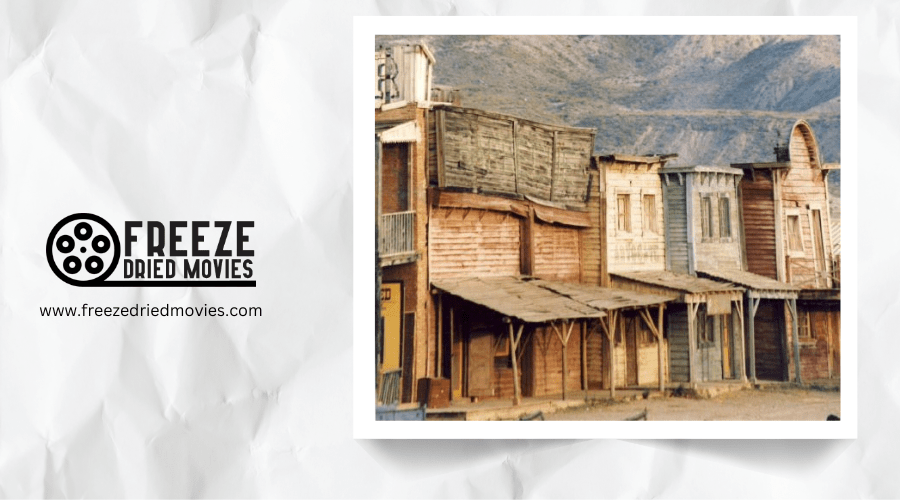The Enduring Legacy of Spaghetti Westerns in Global Pop Culture

When you think of Westerns, you're likely picturing Clint Eastwood's squint, hearing Ennio Morricone's haunting whistles, or recalling dusty landscapes that somehow look more Spanish than American. That's the spaghetti Western's magic—Italian filmmakers reinvented an American genre and changed cinema forever. These films didn't just entertain; they redefined heroism, revolutionized film scores, and influenced everything from "Django Unchained" to "Red Dead Redemption." But how did these Italian interpretations of the American frontier become so culturally significant?
The Enduring Legacy of Spaghetti Westerns in Global Pop Culture
While often dismissed initially as low-budget European imitations of Hollywood Westerns, Spaghetti Westerns have carved out an indelible place in global pop culture that transcends their humble origins. You'll find their distinctive visual style—those sweeping vistas and extreme close-ups—influencing filmmakers across generations.
The antihero protagonists, immortalized by actors like Clint Eastwood, revolutionized character archetypes and continue to inspire modern storytelling. Ennio Morricone's innovative film scores have become iconic themes that resonate far beyond cinema.
Directors like Quentin Tarantino and Robert Rodriguez regularly draw from the genre's rich visual language and morally ambiguous narratives. These films' gritty worlds and complex characters continue to captivate viewers who recognize in them reflections of our own complicated reality—proving that Spaghetti Westerns weren't just entertainment but profound cultural artifacts. Eastwood's contribution to the genre was particularly significant as his Man With No Name persona established a new archetype of calculated silence and understated heroism that influenced countless characters across cinema.

Origins and Definition: What Makes a Western "Spaghetti"
To truly appreciate the global impact of these distinctive films, we must first understand their origins. The term "spaghetti western" was coined by Spanish journalist Alfonso Sánchez to describe a subgenre of Western films created by Italian filmmakers in the 1960s and 1970s. These films evolved from earlier Eurowestern parodies of the 1910s before achieving mainstream success.
Unlike Hollywood Westerns, Italian directors shot these films in Spain and Italy's arid landscapes, creating a unique visual aesthetic. What truly defines the spaghetti western film genre are its stylistic elements: dramatic close-ups, graphic violence, morally complex protagonists, and Ennio Morricone's iconic scores.
Despite their low budgets, these Westerns established a distinct European interpretation of the American frontier that challenged traditional genre conventions. The genre's rise coincided with the 1930s film industry boom, when Technicolor introduction in 1932 revolutionized visual storytelling and would later influence the distinctive color palette of spaghetti westerns.

The Dollars Trilogy: How Leone and Eastwood Revolutionized the Genre
When Sergio Leone's "A Fistful of Dollars" premiered in 1964, few could have predicted how this modestly budgeted Italian production would transform cinema forever. The Dollars Trilogy catapulted Clint Eastwood from TV actor to global icon as the quintessential antihero protagonist—the "Man with No Name"—whose moral ambiguity reflected the complex social landscape of the 1960s.
Leone's innovative cinematography, with its extreme close-ups and sweeping vistas, paired with Ennio Morricone's haunting scores, created a distinct visual storytelling language that redefined the Western genre. This Italian reimagining—the Spaghetti Western—subverted American Western traditions by emphasizing greed and violence over heroism.
The trilogy's enormous success established Leone's masterful reputation and inspired countless filmmakers across genres who still reference his revolutionary techniques today. Leone's work shared similarities with the psychological complexity and visual innovation of film noir genre that German émigré directors like Fritz Lang had helped establish in Hollywood during the 1930s.
Visual and Musical Innovations That Changed Filmmaking Forever
The visual and musical language of Spaghetti Westerns fundamentally transformed global cinema beyond the confines of its genre. You'll recognize Sergio Leone's signature style in his dramatic wide shots suddenly juxtaposed with extreme close-ups, creating tension that revolutionized visual storytelling.
Ennio Morricone's haunting scores transcended traditional film music, becoming characters themselves within these stark landscapes. The innovative use of Techniscope allowed directors to achieve a widescreen look on low budgets, defining the genre's distinctive aesthetic.
Unlike sanitized American Westerns, these films embraced graphic violence, shifting cinema's boundaries forever. The bold combination of dynamic camera angles, moody lighting, and unconventional musical elements established a cinematic language that continues to influence filmmakers across all genres today.

Anti-Heroes and Moral Ambiguity: The Spaghetti Western Character Formula
Three fundamental qualities distinguish the Spaghetti Western protagonist from traditional Western heroes: moral ambiguity, self-interest, and a comfort with violence. When you watch Clint Eastwood as the Man with No Name in Sergio Leone's Dollars Trilogy, you're witnessing the quintessential antihero—a character whose actions defy simple categorization as good or evil.
These morally ambiguous characters, from Eastwood's taciturn gunslinger to Sergio Corbucci's vengeance-seeking Django, captivated audiences with their complexity. They operated by personal codes rather than societal rules, embracing moral relativism over absolute justice.
This rejection of conventional heroism resonated deeply with disillusioned post-war viewers, transforming Spaghetti Western protagonists into enduring anti-establishment icons that continue to influence character development across global entertainment today.
From Tarantino to Video Games: Modern Media Influenced by Spaghetti Westerns
Countless modern filmmakers, game developers, and television producers have drawn inspiration from the revolutionary aesthetics and narrative techniques of Spaghetti Westerns. Quentin Tarantino's films showcase Sergio Leone's influence through stylistic flourishes and Ennio Morricone's iconic music in works like Django Unchained.
You'll find these Italian filmmakers' DNA in Robert Rodriguez's Mexico Trilogy, which translates Western tropes to the Mexican border while maintaining the genre's visual language.
The post-apocalyptic Mad Max franchise borrows spaghetti western aesthetics with its desert landscapes and antihero protagonists.
This influence extends beyond film—Rockstar Games' Red Dead Redemption series features morally ambiguous characters and cinematic cutscenes straight from Leone's playbook. Meanwhile, Netflix's Godless continues the tradition of subverting conventional Western archetypes, demonstrating how these once-controversial Italian reinventions remain culturally significant today.
Beyond the West: How Italian Westerns Resonated With Global Audiences
While American audiences initially dismissed them as cheap foreign imitations, Italian Westerns rapidly captured the imagination of viewers across continents through their revolutionary approach to a traditionally American genre. You'll find that Sergio Leone and other Italian filmmakers transformed the Western by infusing it with moral ambiguity and anti-heroic protagonists that resonated with international audiences seeking more complex narratives.
European landscapes cleverly substituted for the American frontier, helping Spaghetti Westerns transcend geographical boundaries. Meanwhile, Ennio Morricone's iconographic scores elevated these films beyond mere visual experiences, creating an immersive audiovisual journey that cemented their global appeal. This innovative combination of gritty storytelling, visual style, and musical genius guaranteed these films would influence worldwide cinema for generations to come.



